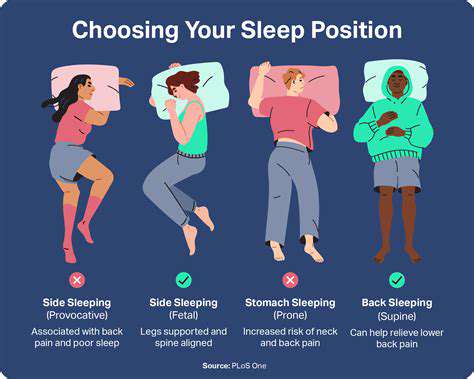How to Administer Pet First Aid for Cuts
Protecting the Wound and Monitoring
After cleaning, apply veterinarian-approved antimicrobial ointment sparingly. Over-application creates moisture that delays healing. Use non-stick telfa pads as primary dressings, securing them with rolled gauze that's snug but allows one finger to slip underneath. Check circulation hourly by pressing on footpads – they should pink up within 2 seconds.
Monitor for these infection red flags:- Increasing warmth around the wound- Thick, foul-smelling discharge- Sudden lethargy or loss of appetiteTemperature spikes above 103°F require immediate veterinary attention. Keep an Elizabethan collar on your pet to prevent licking or chewing at dressings between checks.
Applying a Protective Bandage
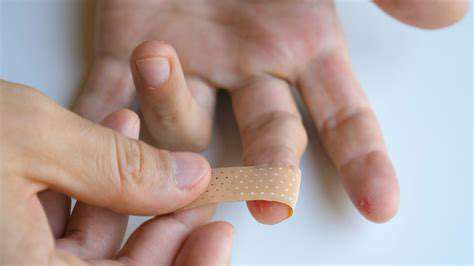
Preparing the Wound
Effective bandaging starts with meticulous wound preparation. Flush the area with sterile saline until no visible debris remains. Debridement of dead tissue significantly improves healing outcomes but should only be performed by veterinary professionals. Pat dry using a lint-free cloth, taking care not to disrupt any clotting that's formed.
Choosing the Right Bandage
Bandage selection depends on three key factors:1. Wound location (joint areas need flexible materials)2. Exudate level (heavy drainage requires absorbent layers)3. Pet's activity level (active animals benefit from cohesive wraps)
For most household pets, a three-layer bandage system works best:- Primary layer: Non-adherent dressing (e.g., Adaptic)- Secondary layer: Absorbent padding (e.g., Sofban)- Tertiary layer: Self-adhering wrap (e.g., Vetrap)
Applying the Bandage
Start by covering the wound with a telfa pad slightly larger than the injury. The 2-inch rule matters: extend bandage margins at least 2 inches beyond wound edges in all directions. Apply the secondary layer with 50% overlap, maintaining even tension. Finish with the outer wrap, checking that you can insert one finger beneath all layers.
Critical bandaging mistakes to avoid:- Covering digits completely (limits circulation checks)- Using adhesive tapes directly on skin- Making the bandage waterproof (traps moisture)
Bandage Maintenance
Change dressings every 12-24 hours for contaminated wounds, or every 2-3 days for clean surgical sites. Always inspect for these signs of trouble:- Swelling above or below the bandage- Chewed or soiled areas- Unpleasant odors- Increased pet discomfort
For paw injuries, use a waterproof bootie during outdoor excursions. In multi-pet households, separate the recovering animal during bandage changes to prevent interference from curious companions.
Comprehensive grooming extends far beyond aesthetic considerations. Regular maintenance of your pet's coat and skin provides early detection of abnormalities like lumps, rashes, or parasites. The bonding experience during grooming sessions also reduces stress-related behaviors in both pets and owners.
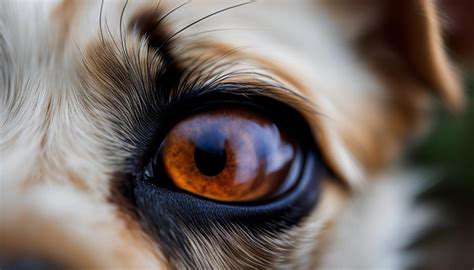
When to Seek Immediate Veterinary Attention

Critical Emergency Signs
These symptoms demand same-day veterinary care:- Uncontrolled bleeding (soaking through bandages every 5 minutes)- Seizures lasting longer than 3 minutes- Inability to urinate (especially in male cats)- Sudden paralysis or collapse
For toxin exposure, time is tissue:- Chocolate: Symptoms appear within 6-12 hours- Antifreeze: Kidney damage begins in just 3 hours- Rodenticides: Bleeding disorders manifest 3-5 days later
Trauma Protocol
After any significant trauma:1. Stabilize the pet on a flat surface2. Apply direct pressure to bleeding sites3. Never give human medications without veterinary guidance4. Transport using a rigid carrier or board for spinal injuries
For suspected fractures:- Immobilize the limb with a magazine splint- Place a muzzle on conscious dogs (even friendly ones may bite when in pain)- Avoid manipulating the injury during transport
Monitoring Chronic Conditions
Pets with pre-existing conditions need special vigilance:- Diabetic animals: Check blood glucose if lethargic- Heart patients: Count resting respiratory rate (normal <30 breaths/min)- Epileptic pets: Document seizure duration and recovery time
Create a pet first aid kit containing:- Digital thermometer (normal 100-102.5°F)- Sterile eye wash- Emergency vet contact numbers- Recent medical records- Muzzle and stretcher materials
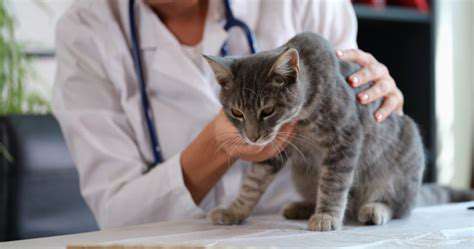



![Best Pet Strollers [For Seniors or Injured Pets]](/static/images/33/2025-05/ImportantConsiderationsBeforePurchase.jpg)



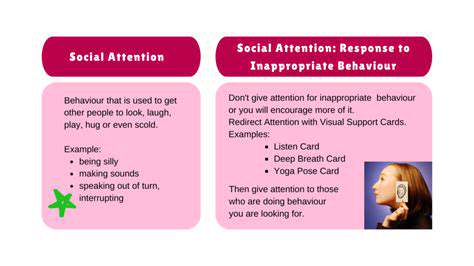

![My Pet's Favorite Toys and How They Play [Story]](/static/images/33/2025-05/BeyondtheToy3ATheRoleofPlayinaDog27sLife.jpg)
